
Open Development Kit für den S7-1500 Software Controller
The SIMATIC ODK 1500S supports the development of Windows and real-time library functions for the SIMATIC S7-1500 Software Controller and enables the integration of Code C++ higher-level languages.
The SIMATIC ODK 1500S combines PLC programming with programming in complex higher-level languages, such as C++, in the simplest possible way.
- Integration of higher-level languages
- Simple integration of Windows applications, e.g. Enterprise software, databases
- Recording of production data
- Integration of PC applications
- Implementation of complex algorithms for real-time applications
- Know-how protection
- Re-use of existing programming codes and recipes
Windows library applications
- Connection to databases
- Communication with Windows programs such as Office applications
- Connection to application-specific visualization software
- Implementation of industry-specific protocol converters such as PV02, IEC 61850, etc.
- Access to the Windows file system, e.g. with specific file formats
Real-time library applications
- Integration of existing C/C++ algorithms into the control task
- Implementation of closed-loop controllers or algorithms
Generation of loadable libraries
Generation of loadable function libraries takes place with Microsoft Visual C++ for Windows library applications and with Eclipse for real-time function libraries. By creating a project with the help of a pre-defined template, users can begin immediately with the definition and implementation of their functions.
On completion of a function library, function blocks are available that can be integrated directly into STEP 7 and used for loading and executing the functions from the control program.
The function libraries themselves are available following completion as DLL (Windows libraries) or SO file (Shared Object – real-time libraries). Real-time libraries are loaded into the load memory of the Software Controller by its Web server so that they can also be loaded and executed independently of Windows.
For Windows libraries, the complete function range can be used for Windows DLLs. Development is carried out with Visual Studio; the following versions are supported:
- Visual Studio 2010
- Visual Studio 2013
- Visual Studio Express 2013
Windows libraries can be fully debugged with Visual Studio. Thanks to the asynchronous execution of functions under Windows, the real-time characteristics of the Software Controller are not impaired even if single-step processing or breakpoints are used.
A powerful trace concept is available for real-time libraries as single-step processing or breakpoints are not feasible under real-time conditions. To verify the code with single-step processing or breakpoints despite this, the functions of a real-time library can be called up and tested within a test environment on the development PC.
Licensing
- ODK 1500S is delivered with a floating license which allows you to install the software on as many computers as you like. The number of licenses determines the number of computers the software can be used on at one time.
- The integrated development environment Eclipse, required for developing real-time libraries, is included in the scope of delivery of ODK 1500S
- SIMATIC ODK 1500S can be purchased on its own or in a bundle with SIMATIC Target 1500S™ for Simulink® V2.0



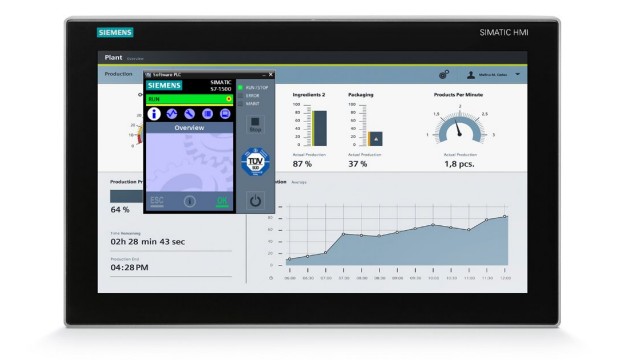
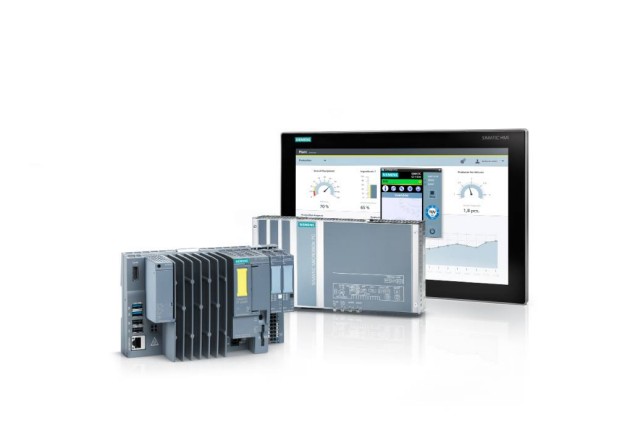

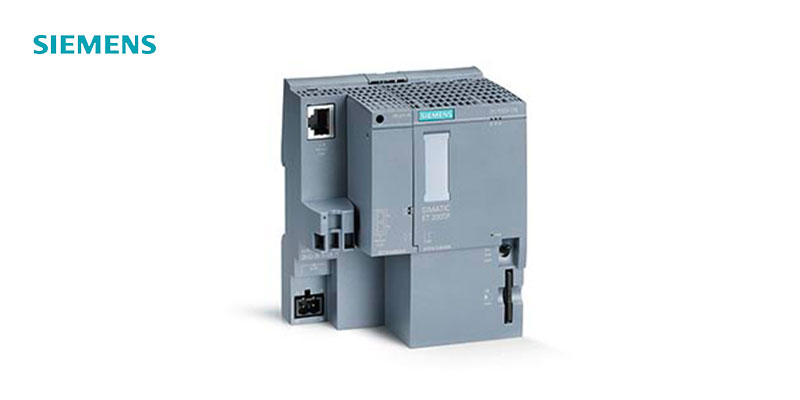


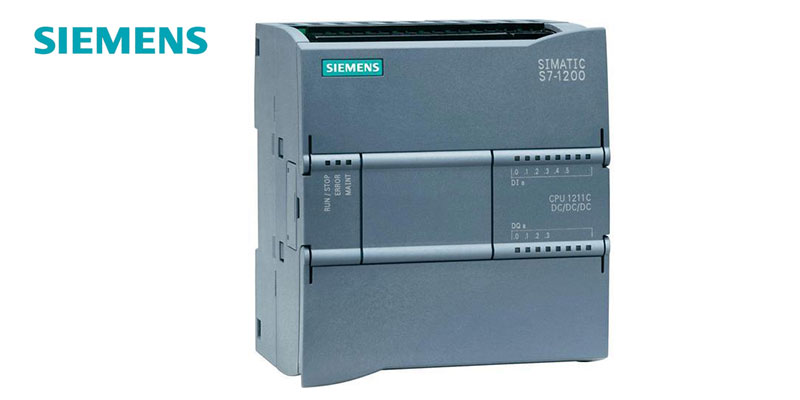
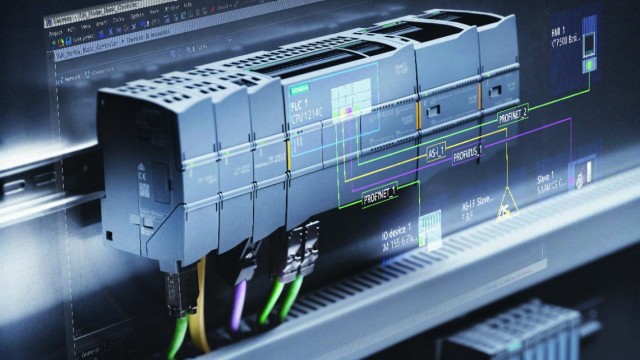

 Whatsapp us ...
Whatsapp us ...